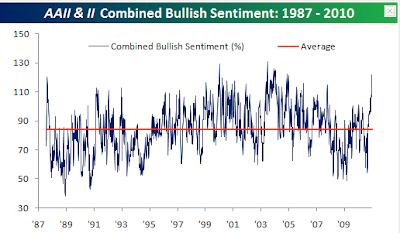Who's ready for iAmerica?
As reported by the BBC and backed up by the company's financials records, the software company Apple has more cash on hand than the United States federal government.
Apple's quarterly financial report shows that the company responsible for the iPad, iPod and the iPhone now has $76.4 billion in reserve cash while the U.S. Treasury Department is sitting on just $73.7 billion.
In my opinion, the feds could probably learn a thing or two from Apple's success. Congress remains embroiled in a debate over spending and whether the federal government, which currently owes trillions in debt, should be allowed to borrow even more. International credit rating agencies have threatened to downgrade the national debt for the first time in the nation's history if Washington doesn't come up with a solution to lift the $14.3 trillion debt ceiling while implementing a concrete plan to get the nation's "financial house" in order.
Meanwhile, Apple's financial report shows that the company's profits, even through the last recession, are booming!
Investing Lesson
When all is said in done, when it comes to politicians, more is said than done.
My Opinion
It still pays to be very conservative at this point in time. The numbers on the U.S. economy came in Friday and were unfavorable. There is still at least a 50% chance that before this market cycle is over, the economy may slip back into another recession, with the market taking a final 30-50% swan dive downward. If and when that happens, it will then be time to load up the truck and invest aggressively. Patience, is a virtue, but difficult for many to maintain. I remain resolutely patient.
PS: Any agreement on a balanced budget amendment will not be worth the paper it is written on, but will be hyped as a great victory, with no details and the teeth of someone with their dentures sitting in Polident.






























